


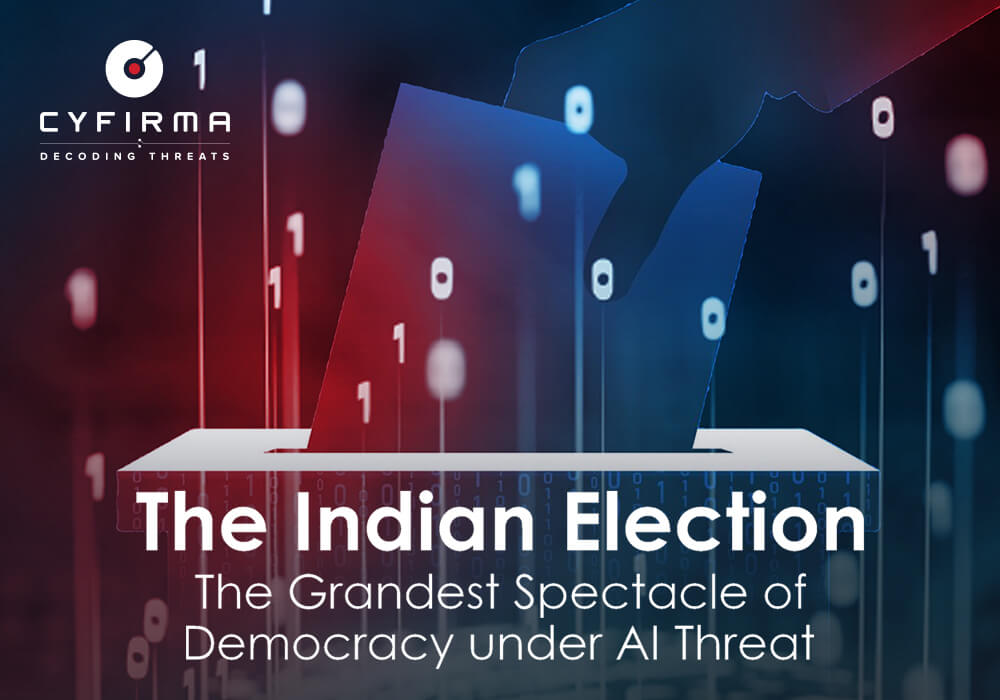
India’s General Elections of 2024 hold immense significance, not only for the nation but also for the global democratic landscape. The scale and complexity of the electoral process make it susceptible to cyber attacks.
India has a multiparty parliamentary government with a bicameral legislature. This year’s elections which began a month ago and will run through June 1st are for India’s lower house of Parliament, the Lok Sabha, which has 543 seats. The party or coalition of parties that win a majority will nominate a candidate for prime minister and form a ruling government.
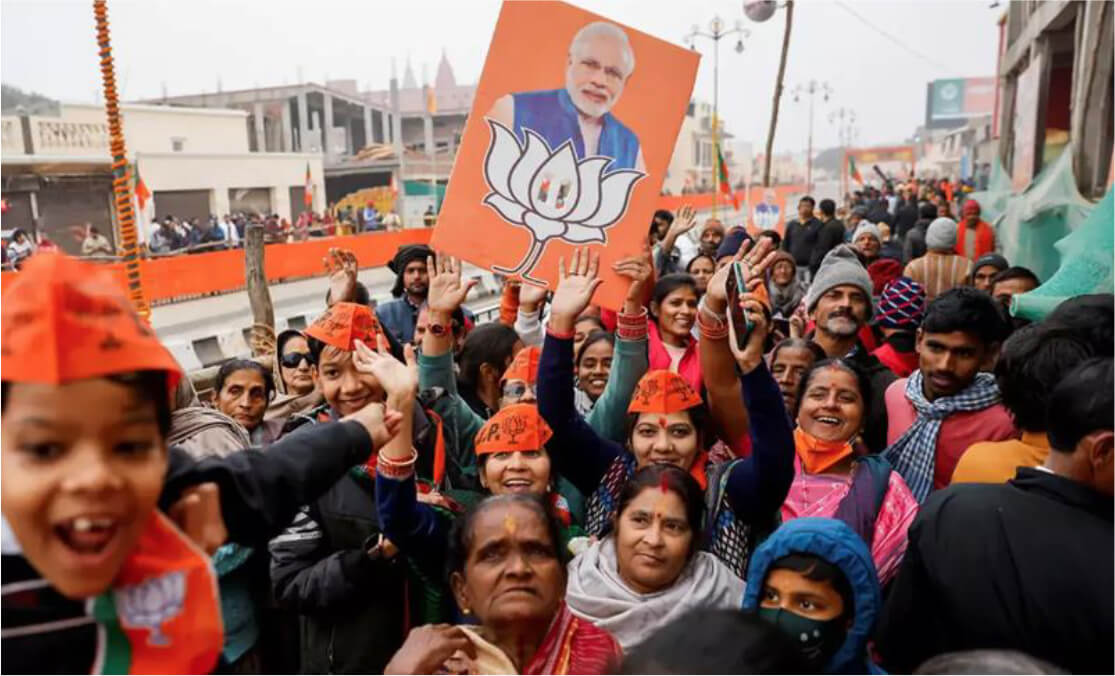
The incumbent Bharatiya Janata Party (BJP) government is favored to win, as the election is playing out against a backdrop of sidelined opposition. Despite Indian democracy sliding towards more authoritarian rule, India’s election and broader political environment stand in contrast to political trends across the region(namely Pakistan and Bangladesh). The biggest difference stems from the striking popularity and longevity of the Indian Prime Minister Narendra Modi and his BJP. According to recent surveys, the prime minister is enjoying the approval of around three-quarters of the electorate, a remarkably high figure for a head of government in office for nearly a decade. Many factors account for this popularity: his personality and leadership model, achievements of the government mainly in the economic sphere, BJP‘s popular ideology, and the weakness of India’s political opposition. Under the given conditions, the question to be settled in the elections is not that Prime Minister Modi and the BJP are going to win, but by how much.
There are close to 970 million registered voters and because of the Indian election rules, there have to be polling stations within two kilometers of every habitation. This produces many incredible stories of setting polling stations up high in Himalayan villages or organizing elections for the indigenous in remote areas, where a polling station is set up to serve less than ten people. For example, Anlay Phu, located at more than 4,877 meters above sea level, has one of the highest-altitude polling stations in the world, with less than a hundred registered voters.
The election is a story of the seeming consolidation of Prime Minister Modi’s power. He seems poised to win a third term, which makes him only the second Indian Prime Minister after Nehru to serve three consecutive terms. The combination of Hindu nationalism, which definitely plays in the very populous north of the country, and economic populism is very much on display.
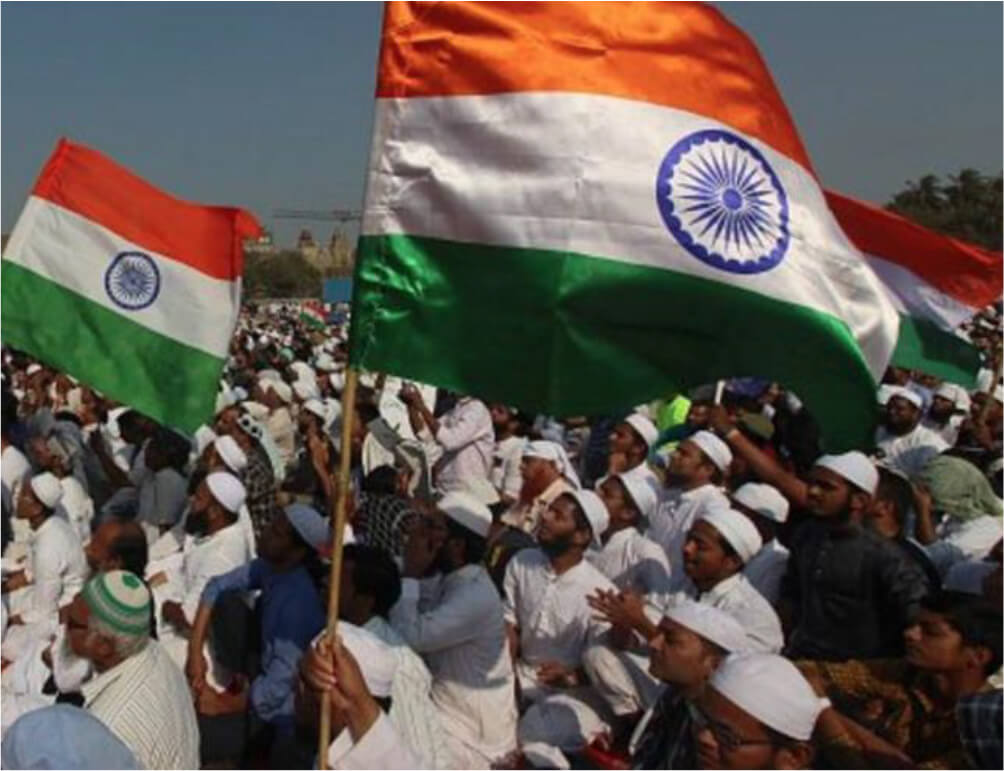
India’s recent economic success, solid momentum, and promising prospects are making the country ever more influential both regionally and internationally. But the experience of other countries – most notably China over the last three decades – suggests that such rapid influence and robust progress can be tricky to manage. After all, an action that makes sense domestically may conflict with what other countries expect from a systemically important economy. By the same token, actions that make sense internationally could complicate domestic economic progress.
There have certainly been concerns about backsliding and democratic protections, including control of the press and seeking control of the judiciary. This is a playbook we’ve seen before, being implemented in countries like Russia, Turkey, and Hungary. India is on a path to consolidating power and its controlling levers of messaging, and communications, with less emphasis on separating levers of power.
The election itself, however, is by many accounts being conducted properly. India has a very robust electoral infrastructure, and system tampering and ballot stuffing by local political figures is not expected but certain pressures to exclude or to try to minimize the voices of opposition figures exist.
Roughly 15% of Indian citizens are Muslims and about 80% are Hindus. The Muslim minority constitutes around 200 million people, and there is a lot of concern about them being disenfranchised and elbowed out of privileges and powers under the BJP policy towards minorities. Hindu-Muslim relations are playing a clear role in the general elections. The unofficial kickoff to this election season was earlier this year when PM Modi dedicated a Hindu temple in Ayodhya, which is a controversial site where a mosque was torn down more than thirty years ago because it has significance going back in time for practicing Hindus, and it was an obvious play for this Hindu majoritarian theme that we’ve seen again and again. In personally inaugurating the temple even before it had completed construction, Modi was attempting to consolidate his Hindu voting base. The inauguration of the temple on the land believed to be the birthplace of the divine Hindu warrior-king Rama marked the delivery of a long-ago promise made by the BJP to restore the glorious Hindu past. It was celebrated as a momentous occasion across many parts of India, with school closings and half-days off work for national government employees.
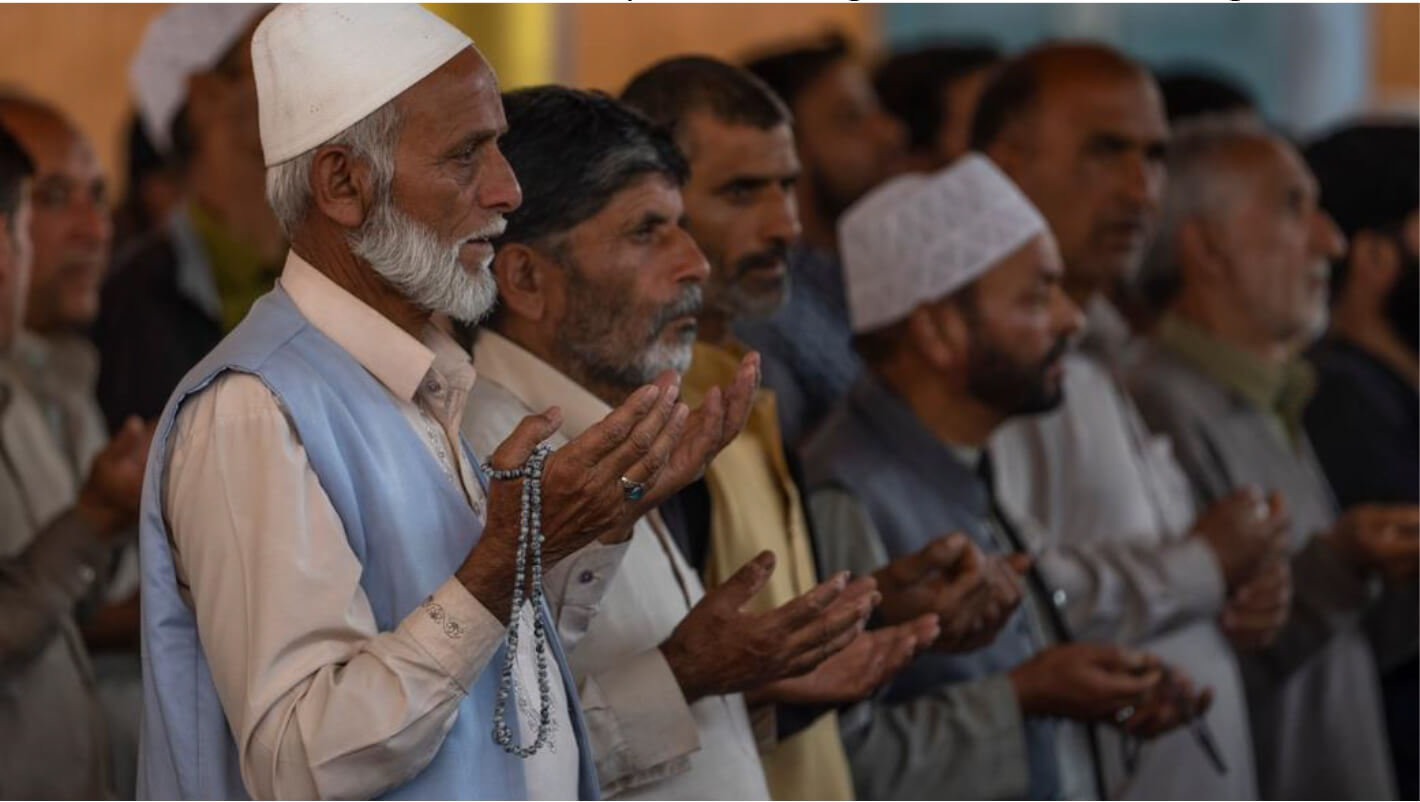
After his sweeping reelection five years ago into power, one of Modi’s earlier moves was to revoke the semi-autonomous status of Kashmir, the Muslim majority Kashmir, which is partitioned between India and Pakistan control zones. Moreover, in the current geopolitical turmoil in the Middle East, the increasingly more assertive India with its ethnonationalist focus on its Hindu identity is making enemies among Islamist radicals. There are also ongoing negotiations for an India-Israel Free Trade Agreement. The relationship could not fully develop due to India’s long-term support of the Palestinians, however, the recent attacks by Hamas and the subsequent reaction of New Delhi signal a shift on this front. By forthrightly expressing solidarity with Israel, India stepped away from a long-held approach toward the Palestinians. The tilt towards Israel in this crisis (backed by actions by Indian hacktivist groups in cyberspace) is another indicator of the increasing assertiveness of India’s foreign policy, especially now that New Delhi perceives a shifting political and economic landscape in the Middle East. Iran belongs among the champions of the use of cyber as a tool of statecraft and would not hesitate to use the fifth domain to send signals of displeasure with India’s trajectory in the Middle East.
However, the grandest source of danger for India is China – the largest state sponsor of cyber-attacks in the world. Out of the 32 most significant publicly tracked cyber attacks against India, committed in the last 5 years, 16 were coming from China and 8 from Pakistan, making the two countries account for the grand majority of attacks on India’s infrastructure. Out of the two countries however, it is China that has the capability and potential to become a very serious threat to India in the coming years and decades, while simultaneously Pakistan’s continuing economic crisis threatens the state-wide implosion of the world’s fifth most populous country sitting on India’s borders.
As the world’s largest democracy conducts its elections, the occurrence and sophistication of these cyber threats have intensified. The elections are poised to attract a large amount of cybercrimes, that include:
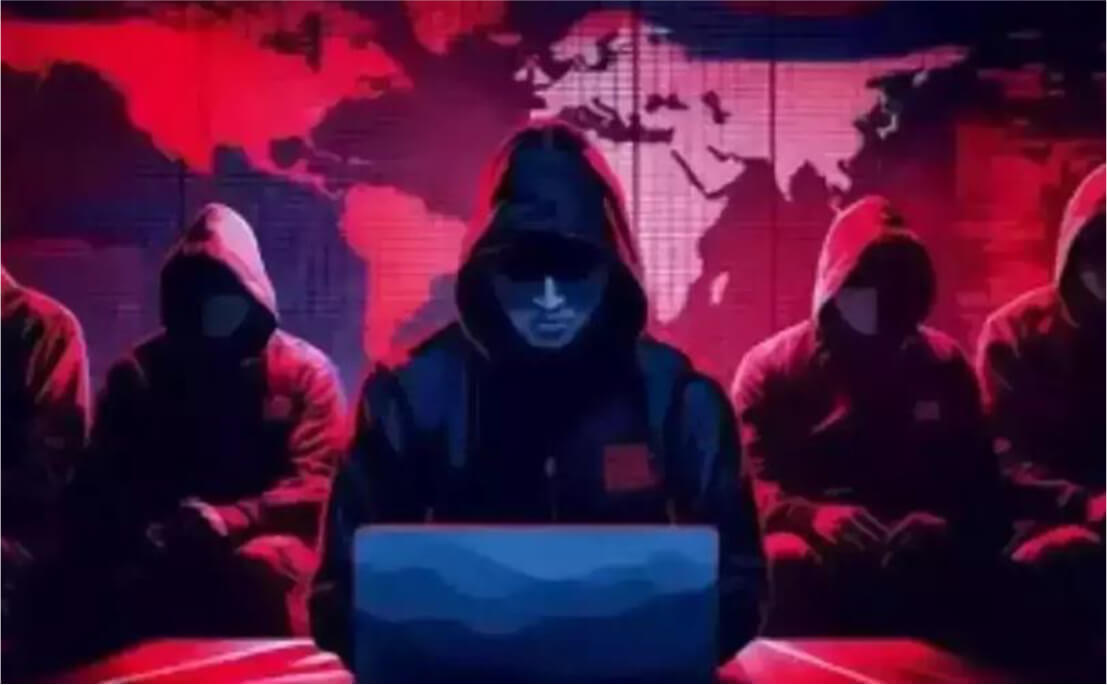
These cybercrimes pose significant threats to the integrity, security, and legitimacy of democratic elections, highlighting the need for robust cybersecurity measures, public awareness campaigns, and international cooperation to combat election-related cyber threats effectively. The most prevalent form of these cyber meddling factors are AI-enabled disinformation campaigns.
In Bangladesh, deepfake videos of opposition politicians Rumin Farhana in a bikini and Nipun Roy in a swimming pool surfaced on social media ahead of the national elections. Deepfakes were also widely used in the presidential elections in Slovakia and Indonesia. Meanwhile, China is using fake social media accounts to poll voters on what divides them most to sow division and possibly influence the outcome of the U.S. presidential election in its favor. China has also increased its use of AI-generated content to further its goals around the world. There has been an increased use of Chinese AI-generated content in recent months, attempting to influence and sow division in the U.S., Europe, and India on a range of topics, including ecological and political causes, as well as immigration policies and racial, ethnic or religious tensions in the respective countries. The rapid advancement of AI technology provides cybercriminals with powerful tools like deepfakes, voice cloning, and advanced malware, increasing the complexity of threats to the electoral process. Every recent election witnessed an unprecedented use of AI-generated content and deepfakes by political entities and foreign agents, heightening tensions and manipulating public perception and the Indian election is going to be no different.
The growing use of technology in the election process has made cybersecurity a crucial issue. Instances of the spread of fake news, manipulation of voter behavior, and hacking show how digital technology can be misused. These issues need to be addressed in the long term but the evolution of deepfake technology is going to test the mettle of governments, journalists, politicians, tech companies, and the country’s entire democratic system today.
With political parties using social media to drive communication strategies and data analytics for targeted political campaigns, the possibility of rogue actors and adversarial states exploiting digital technology to harm the integrity of the election process is a fact of life, that needs to be factored in, especially if the country in question has strained relations with regional competitors or Islamist religious groups.
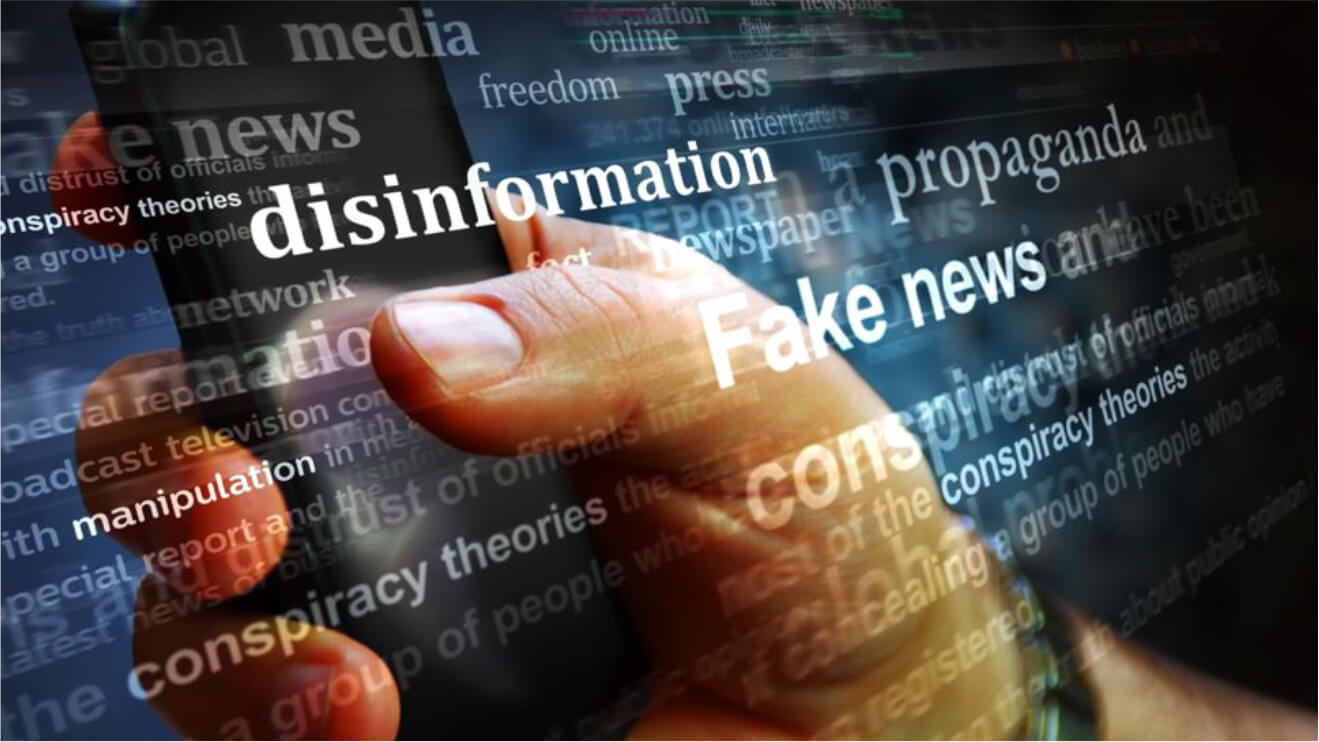
Understanding how the onslaught of disinformation will impact the opinions of the Indian public will be critical for India’s election. Based on previous experience in other countries and geopolitical trends, social media further weaponized with artificial intelligence, will play an outsized and destructive role in these elections. Disinformation and propaganda are methods that were recognized by strategists in the era before even paper was invented, yet each technological cycle brings innovation to the sphere that usually leads to disastrous consequences.
To better illustrate this notion, we can look to perhaps Russia’s most notorious disinformation campaign to date – Operation Denver. This was an active measure campaign designed to persuade the world that the United States was responsible for the creation of the HIV virus. The effort began in 1983 with the planting of a fictitious letter to the editor of a local Indian newspaper (which was created some years earlier by the KGB precisely for the purposes of spreading pro-Soviet propaganda). The letter, entitled “AIDS may Invade India,” was purported to be written by a respected American scientist and claimed that the virus originated at the US chemical and biological warfare research facility in Maryland. Thirty years later, this belief remains deeply rooted in some communities.
This operation took months to prepare and months to further disseminate through the soviet affiliated media ecosphere. However today, thanks to AI and deepfake technology, malicious actors in the international arena can churn out dozens of similar campaigns in a single day. China followed a similar pattern – in the weeks leading up to the recent Taiwanese election, it circulated on social media and through chain emails a 300-page e-book entitled “The Secret History of Tsai Jing-wen”, which contained scandalous and false claims that President Tsai (whose party included Beijing’s least preferred candidate William Lai) had gained power through sexual transactions.
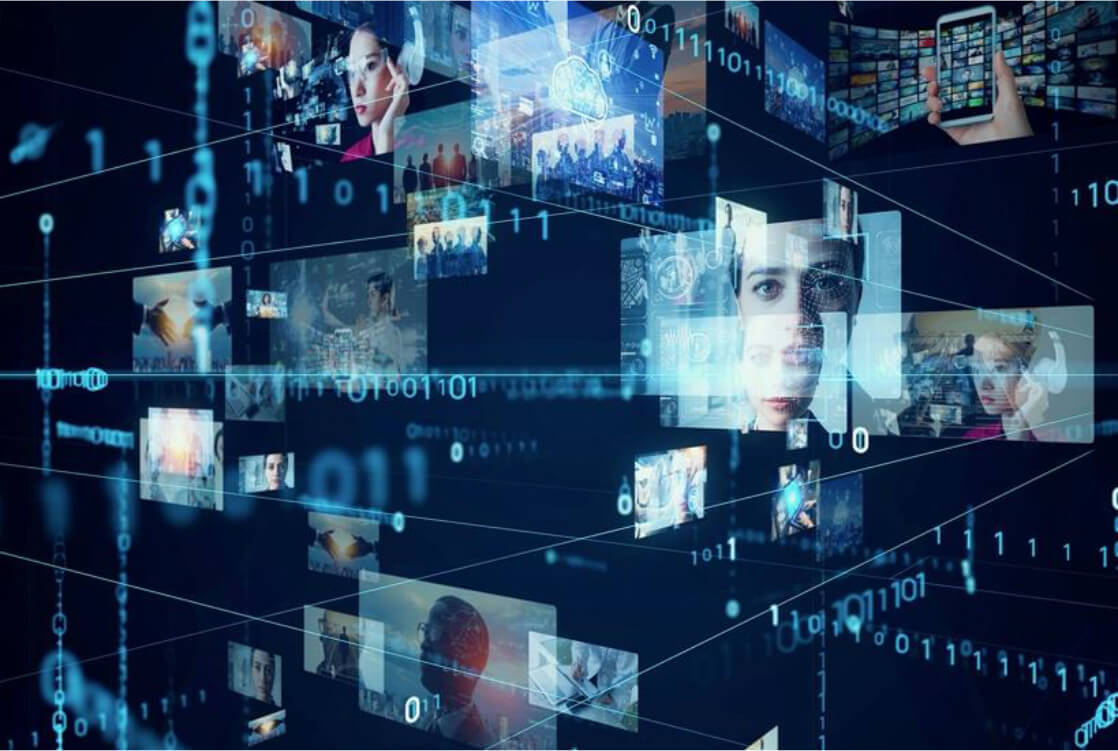
We have seen similar practices before, but the innovation has come in the form of videos on Instagram, YouTube, TikTok, and other platforms, where credible-looking AI-generated avatars – many of them posing as professional news anchors – read various juicy and scandalous revelations from the book. The book was thus primarily a script for the deepfakes, and it is quite possible that the book itself was “written” by AI. Such a process can be scaled up almost indefinitely today, though it certainly has its limits of usefulness. The Taiwanese tried to fight disinformation with repression and restriction for years, however, in the end, the government concluded that this approach did not bring tangible results.
In fact, there are no silver-bullet solutions to the problem of AI-enabled disinformation. There are no sexy answers that could resolve the issue in a short time. However, every government and society should work on establishing trust in the state institutions, which is a long-term and tedious process that requires a great degree of transparency on the part of the authorities. Governments can take inspiration from the Taiwanese government’s approach to the Covid crisis. Taiwan was the first country to alert the WHO to the presence of coronavirus in Wuhan and then implemented travel restrictions and quarantine protocols. Public officials also began releasing accurate and “easily digestible” information as quickly as possible, putting them in the rare position of being one step ahead of the disinformers. Building a society of trust requires trustworthy officials bringing credible and truthful information in a timely manner on a regular basis, however, such a society will be much more resilient in the upcoming era of mass-produced AI disinformation and credibly looking deepfakes.